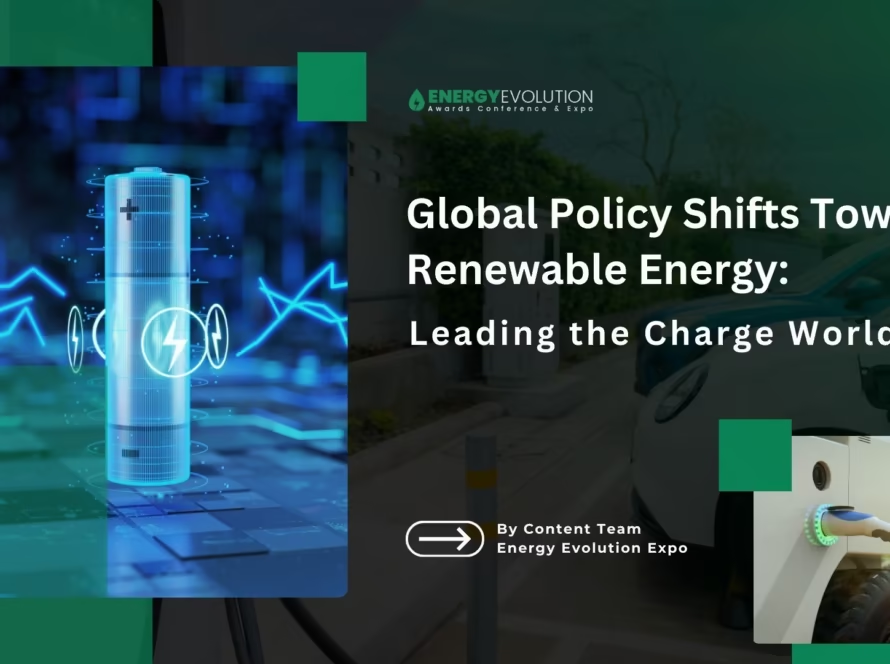Explore how innovative technologies and global partnerships are working to close the clean power gap in developing nations—ensuring energy access and equity in the renewable era.
In the 21st century, access to energy is no longer a luxury—it is a basic human right. Yet nearly 675 million people still live without electricity, primarily in Sub-Saharan Africa and South Asia.This energy gap not only limits quality of life but also hinders progress in education, healthcare, agriculture, and economic growth. As the world races toward a clean energy future, ensuring energy equity in developing nations is the next big frontier.
The Clean Power Divide
While industrialized countries transition from fossil fuels to renewables, many developing regions remain stuck in energy poverty. Some rely on costly diesel generators or firewood, which pollutes the air and contributes to deforestation. Others face unreliable or non-existent grids, leaving communities in darkness. Ironically, many of these regions have abundant renewable resources—sun, wind, hydro—but lack the funding, infrastructure, and policy support to harness them.For instance, Africa has 60% of the world’s best solar resources, yet only 1% of global solar capacity.
Innovation Is Lighting the Way
New models are beginning to change this narrative. Decentralized renewable energy—like off-grid solar kits, mini-grids, and battery-powered microgrids—are proving more practical than extending traditional power lines across vast or remote areas. Companies such as M-KOPA in Kenya or d.light are offering pay-as-you-go solar systems that power homes, schools, and small businesses.
Meanwhile, AI and mobile technology help manage demand and track payments, making energy access both smart and scalable. Governments and NGOs are also collaborating with private players to deploy clean energy solutions where they’re needed most.
Policy and Finance: The Missing Pieces
Despite innovation, many clean power projects in developing countries struggle to scale. Why? Financing remains a major hurdle. High risk perceptions and weak regulatory frameworks deter investors. Bridging this gap requires climate finance mechanisms, public-private partnerships, and supportive policies that de-risk investments.
For example, India’s International Solar Alliance has mobilized over $2 billion in funding to support solar energy development in low-income nations—demonstrating how collaborative efforts can drive meaningful change.
Initiatives like the UN’s Sustainable Energy for All (SEforALL) and the African Development Bank’s Desert to Power program are also important steps in the right direction. But the pace must accelerate to meet global climate and development goals.
Beyond Access: Empowerment
Energy access isn’t just about lighting homes—it’s about unlocking opportunity. Reliable electricity means refrigerated vaccines in rural clinics, longer study hours for children, irrigation for crops, and thriving micro-enterprises. It enables entire communities to rise out of poverty and build climate resilience.In Tanzania, a woman-led tailoring business grew from a single sewing machine to employing five people—all because of access to a small solar mini-grid.
Conclusion
As the world moves toward a sustainable energy future, no one should be left behind. Closing the clean power gap in developing nations is both a moral imperative and a strategic priority. By investing in innovative, inclusive energy solutions, we can empower billions—and truly achieve energy for all.The energy transition isn’t truly complete until it’s inclusive, equitable—and reaches everyone.
Energy Evolution Awards & Conference will play a vital role in accelerating this progress by recognizing impactful innovations, connecting global stakeholders, and spotlighting projects that bring clean power to underserved communities. This platform reminds us that the energy transition is not complete until it is equitable and inclusive.



